Search Images
Browse Content (p. 1015)
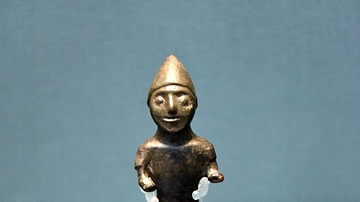
Image
Phrygian Figurine of a Naked Man
This bronze figurine depicts a nude man wearing a pointed hat. From Phrygia or Lycia, Central or Western Turkey. 8th to 6th century BCE. (The British Museum, London).
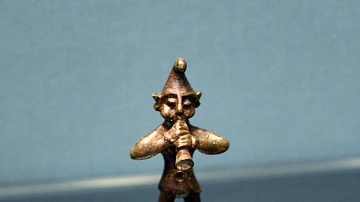
Image
Bronze Figurine of a Trumpeter
This male trumpeter wears a pointed hat and a short kilt. From Phrygia or Lycia, Central or Western Turkey. 8th to 6th century BCE. (The British Museum, London).

Image
February, Les Tres Riches Heures
A medieval manuscript illustration depicting the work on an agricultural estate during the month of February. From 'Les Très Riches Heures du Duc de Berry', c. 1412-1440 CE.
(Condé Museum, Château de Chantilly, Oise, France)
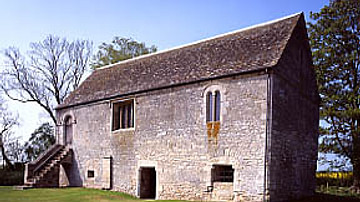
Image
Boothby Pagnell Manor House
Boothby Pagnell Manor House, Lincolnshire, U.K. Built c. 1200 CE.
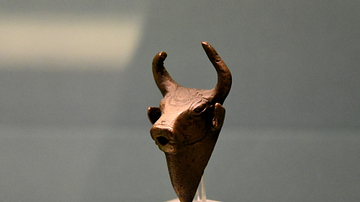
Image
Urartian Bull's Head Spout
This bronze spout was shaped like a bull's head. The horns are curved and there is an ornamented forelock. From Urmia, north-western Iran. Urartian, 8th to 7th century BCE. (The British Museum, London).
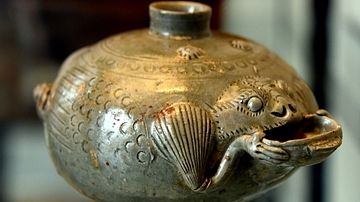
Image
Yue Ware Water Vessel
Yue stoneware water-dropper vessel in the form of a frog or a toad holding an ear or wine cup. Glazed. Made in Shanglinhu. From Zhejiang province. South China. Western Jin Dynasty. 265-316 CE. (The British Museum, London).
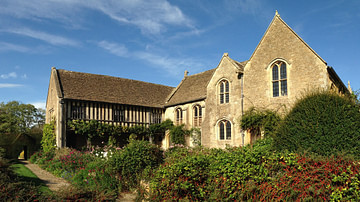
Image
Great Chatfield Manor
Great Chalfield Manor, rebuilt 1465-80 CE. Wiltshire, U.K.
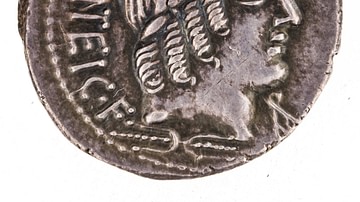
Image
Denarius of Manius Fonteius, 85 BCE
A silver denarius issued by the Roman Republican moneyer Manius Fonteius in 85 BCE. The deity depicted on the front has been identified by scholars as either Apollo or Vejovis. The reverse depicted a winged child mounted on a male goat, with...
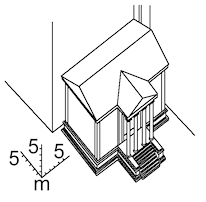
Image
Temple of Vejovis, Rome
A reconstruction of the Temple of Vejovis in Rome, based on archaeological findings. It had a unique layout, with a horizontally oriented cella (the central worship area), as opposed to the usual vertical orientation. This was necessary to...
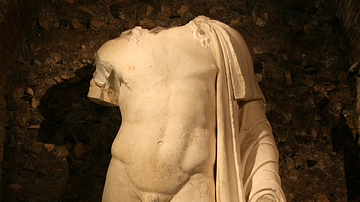
Image
Statue of Vejovis
A colossal statue of Vejovis (also spelled Vediovis or Veiovis), recovered in a 1939 CE excavation of the Temple of Vejovis in Rome. The head is missing, but long locks of curly hair drape the statue's chest, suggesting a youthful, Apollo-like...